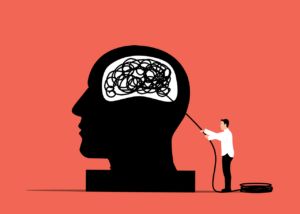Once upon a time in a previous life, when I worked in the City of London (can’t believe that was over 20 years ago) and before what I now do in my role as a Clinical Hypnotherapist & Transformational Life Coach, Trainer, Mentor and Supervisor, I didn’t know that there was a difference between our conscious, subconscious and unconscious mind in fact I thought the subconscious and unconscious were one in the same, as many people do. Well, no they’re not at all the same as each one has a specific and unique role to play.
So, I’d like to go through what each one does, their roles and the differences between them.
The conscious, subconscious, and unconscious minds are the three layers of our mental activity, each one operates in a different way and is responsible for different functions.
So what are the main differences between these 3?
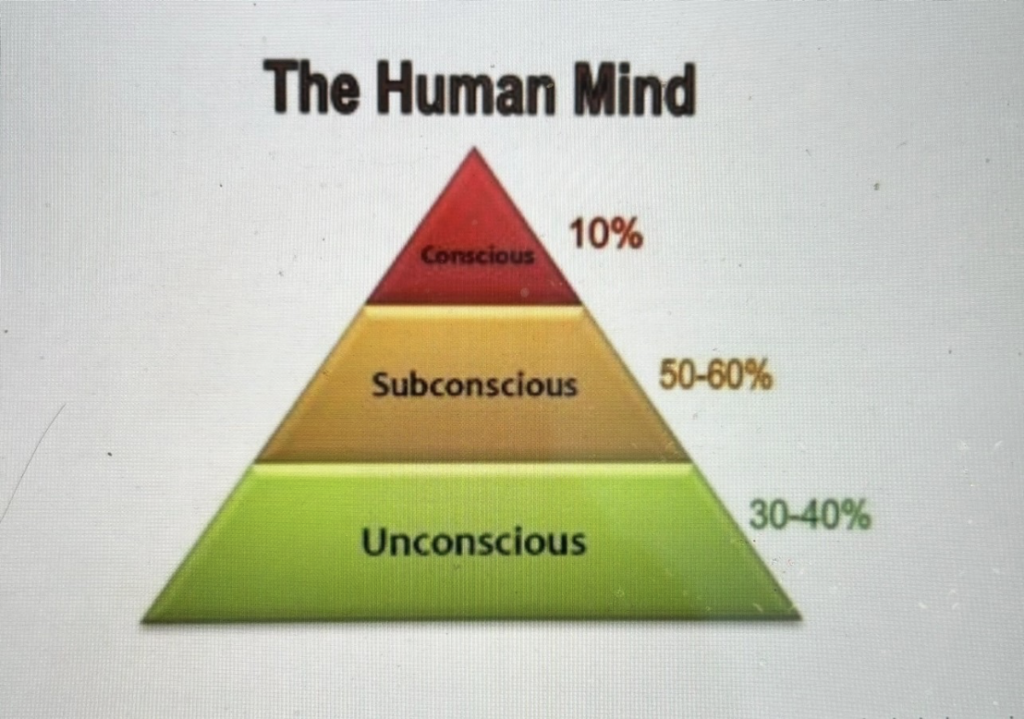
The Conscious Mind
The conscious mind is the part of our mind that is actively aware of what’s happening in the present moment. It deals with current thoughts, actions, decisions, and awareness such as, logical thinking, problem-solving, willpower and deliberate actions, as well as our short-term memory. A good example is when we’re reading, making a decision, or having a conversation, our conscious mind is fully engaged.
However, for the sake of this article I am going to concentrate on the differences between the subconscious and unconscious minds.
Both the subconscious and the unconscious minds deal with our mental processing that operates outside of our conscious awareness, but both have distinct and different roles to play.
While the subconscious deals with automatic thoughts, habits, and easily accessible information and influences our daily behaviour, the unconscious is more hidden, dealing with deeper psychological material like traumas, desires, and repressed feelings that are not easily brought to awareness.
Beyond these basic distinctions, there are several other nuanced differences that exist between them. These differences relate to their functions, accessibility, influence on behaviour, and the way they interact with our conscious mind.
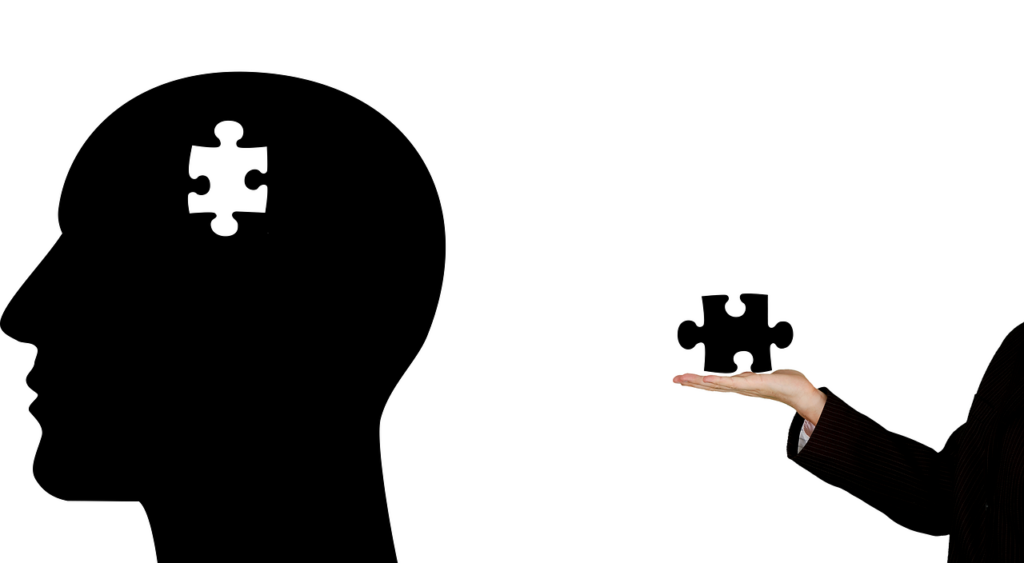
The Subconscious Mind
The subconscious mind refers to the part of our mental processes just below the level of conscious awareness. Information in the subconscious can be brought to conscious awareness quite easily, such as remembering a memory or doing a skill that we’ve learnt. It is our filing cabinet for memories, habits, skills, and automatic reactions that can be easily accessed when needed, It manages automatic processes for actions like:
- riding a bike, or typing;
- breathing or driving from point A to B down a familiar road that we take on a regular basis and therefore one we don’t have to think about;
- flinching / jumping when we hear a loud noise (something I find myself doing quite often when someone or something suddenly appears when I was least expecting it 😳). Although not directly within our immediate awareness, the subconscious can influence conscious behaviour. Techniques like meditation, hypnotherapy, or affirmations can access this layer of the mind to change patterns of behaviour or thought.
For example, when we act out of habit, we are engaging our subconscious. It influences day-to-day decision-making in more practical and functional ways.
We can access the content of the subconscious mind relatively easily, often by simply focusing attention. Techniques like journaling, meditation, and mindfulness can make subconscious thoughts and feelings more apparent. Techniques like Hypnosis, Neuro-Linguistic Processing (NLP), self-talk or positive reinforcement are often used to modify subconscious patterns by consciously altering thought processes and behaviours.
It plays a role in managing emotional reactions that have been conditioned over the course of time. It can trigger emotional responses when we behave out of a habit we’ve acquired, so the subconscious becomes engaged. It also influences our decision making regularly in a far more practical and functional way.as well as dealing with present and past experiences that have been internalised into habits or automatic processes. It helps us navigate everyday tasks without constantly having to think through each step.
The subconscious mind can contribute to creativity by drawing on existing knowledge and associations. When we’re in a creative flow or get “inspiration,” it is often our subconscious combining previously learned material in new ways.
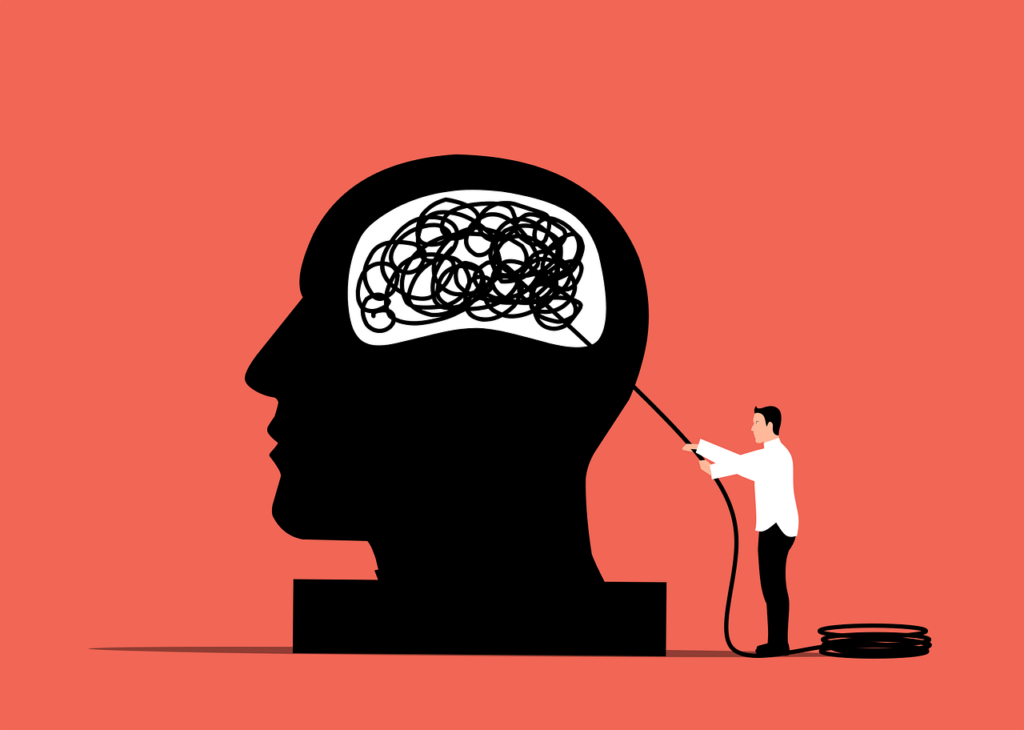
Unconscious Mind
The unconscious mind is a far deeper and the more inaccessible part of our mental functioning. that is not easily accessible to the conscious thought. It holds more primal, instinctual content such as repressed memories, hidden desires, unresolved conflicts, deep fears, and socially unacceptable desires, and emotions that are often too painful or distressing to be acknowledged consciously sit there. It exerts more complex influence on personality, behaviour, and emotional life, often hidden from our awareness, which can manifest in our behaviour without conscious awareness. It is the source of many psychological issues, according to psychoanalytic theory.
The unconscious comes to the fore in dreams, slips of the tongue or through hypnosis or psychotherapy for more traumatic memories and/or selective amnesia.
Below is a diagram of Freud’s analogy of an iceberg to describe the 3 different levels of our minds
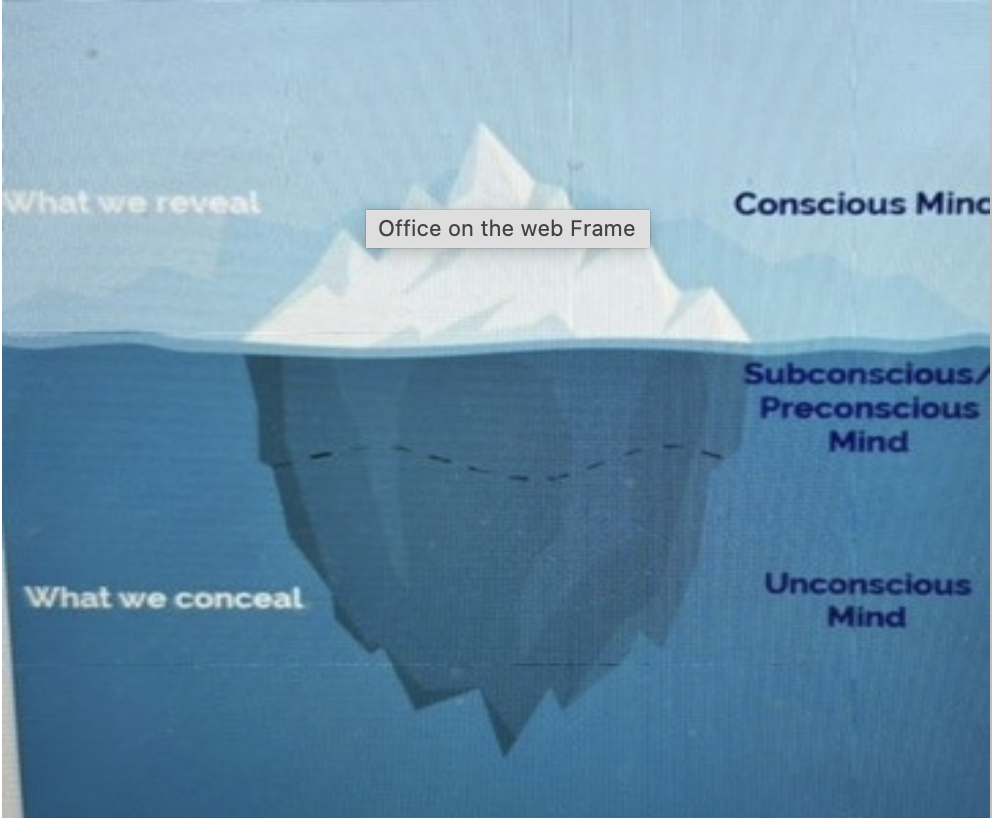
Sigmund Freud’s psychoanalytic theory emphasised the importance of the unconscious mind, believing that unresolved conflicts in this area drive much of human behaviour.
Freud suggested that our unconscious is where basic drives (like aggression and sexuality) reside.
The unconscious mind shapes behaviour more subtly and deeply, often in ways we do not recognise. According to Freud, unconscious drives, conflicts, and suppressed emotions can manifest as neuroses, anxieties, and defence mechanisms. It can create long-term behavioural patterns that may require therapeutic intervention to understand and address.
Accessing unconscious material is much more challenging. The unconscious mind reveals itself through symbolic expressions like dreams, Freudian slips, or symptoms of psychological distress. Clinical hypnotherapy can be used to uncover hidden conflicts and traumas and is one of the primary ways to access and resolve unconscious content.
It operates more emotionally and symbolically, often driven by desires and fears that don’t follow logical reasoning. The unconscious doesn’t distinguish between past, present, or future in the same way the conscious mind does, and often its material appears in irrational or dreamlike forms.
Clinical Hypnotherapy, dream analysis, and in-depth psychology focus on exploring the unconscious mind. These techniques aim to bring hidden material to the surface to facilitate healing and self-awareness.
The unconscious mind transcends time in a psychological sense. Material from early childhood can persist and continue to influence behaviour, and unconscious desires or fears can affect how a person perceives current or future events without the individual being aware of it.
It plays a significant role in deep creativity and intuition by connecting with more profound, often symbolic, sources of insight.
A lot of artistic breakthroughs or innovative ideas are said to come from the unconscious, where deeper layers of the psyche may be processing unresolved material or unknown desires.
I do hope this brief explanation, has been helpful for you to understand the different functions and how these 3 parts of our brain process information.



